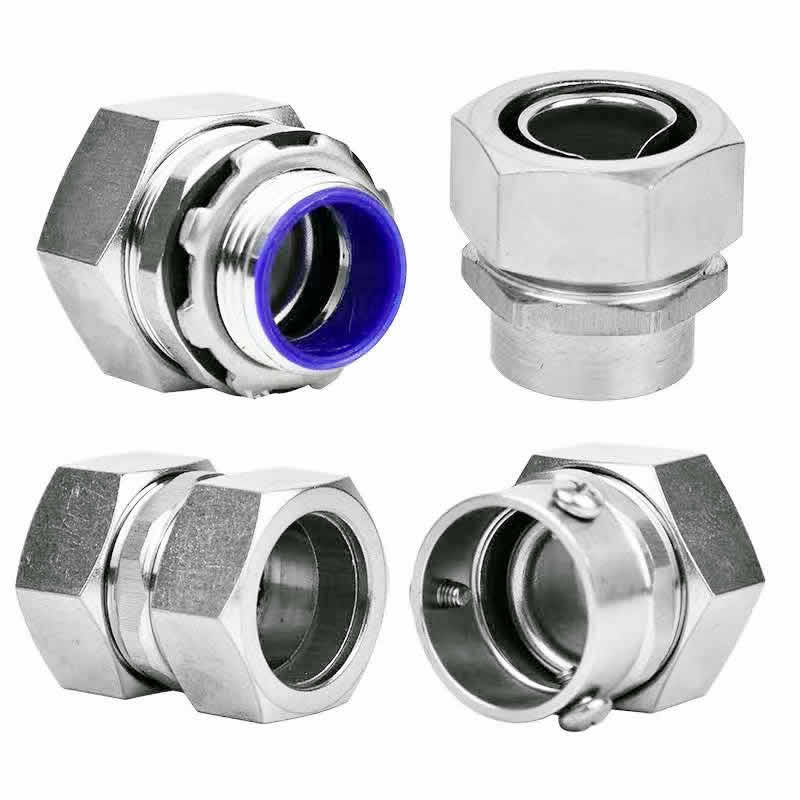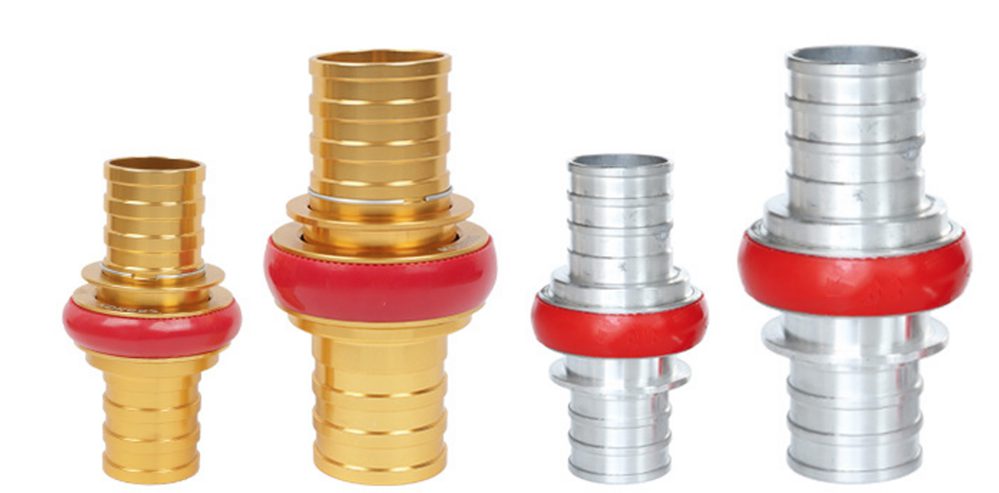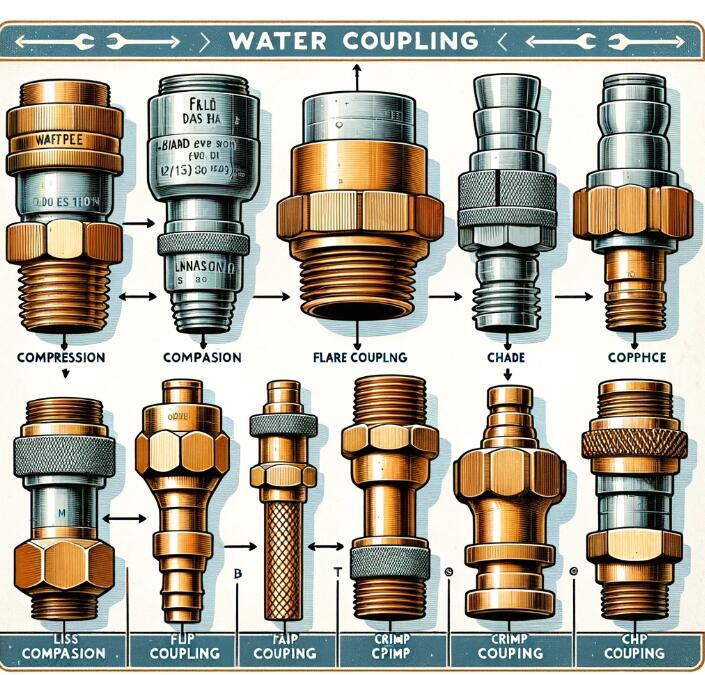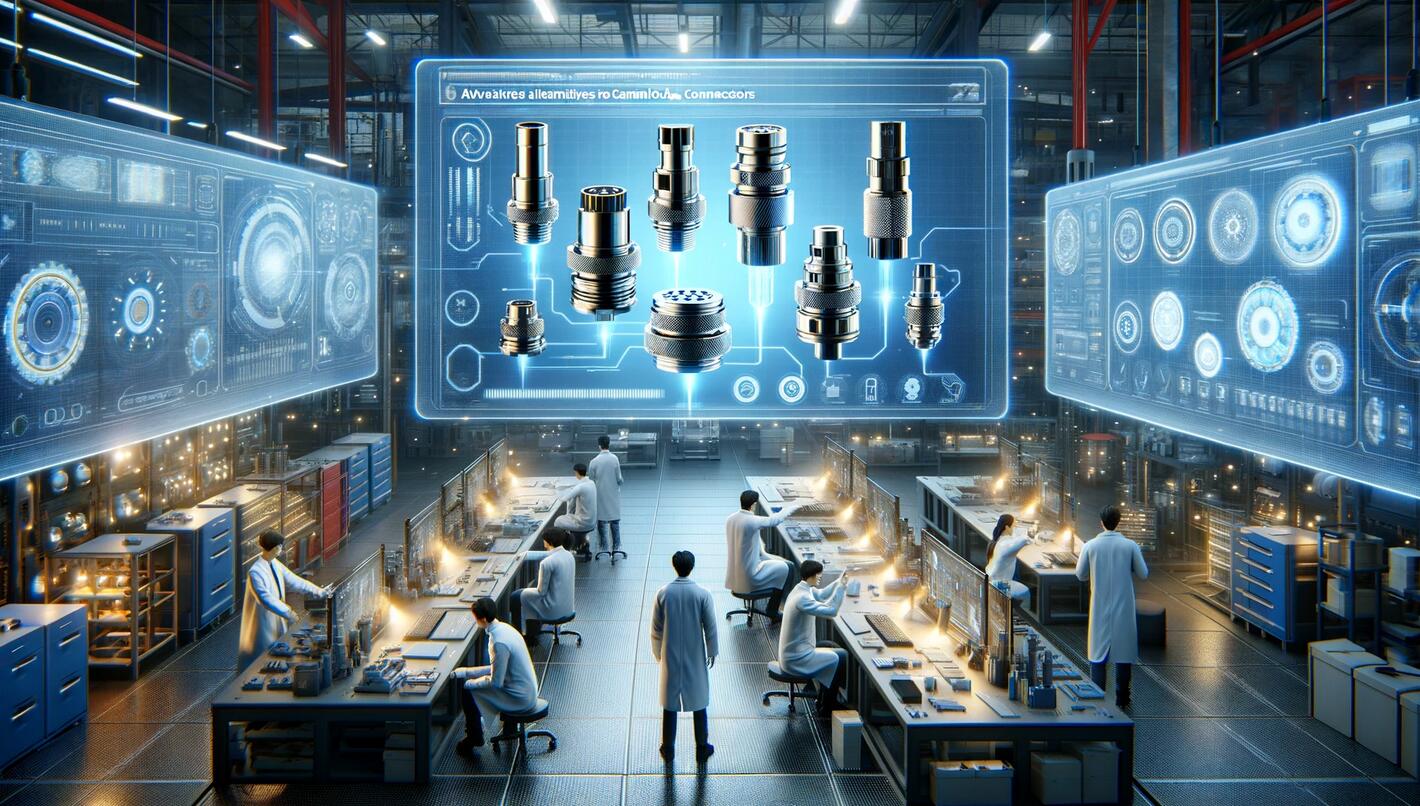

Unlocking the Secrets of Cam Lock Hose Clamps: A Comprehensive Guide
I. Introduction
The world of secure hose connections might seem mundane at first glance, but delve deeper and discover a realm rich in innovation and utility. Central to this world are cam lock hose clamps. Renowned for their sturdiness, efficiency, and practicality, these clamps play a pivotal role in numerous industries. This guide seeks to unlock the mysteries surrounding these tools, ensuring that you’re well-equipped with knowledge, whether you’re a professional or a curious enthusiast.
II. History and Evolution of Cam Lock Hose Clamps
The history of hose clamps dates back to the early industrial age. As machinery became more sophisticated and the need for secure hoses grew more acute, traditional fasteners began to show their limitations. Enter the cam lock hose clamp—a design innovation to address these challenges.
Originally, hose connections relied on rudimentary clamps or ties prone to leaks and frequent failures. The need for a secure and quick-connecting solution paved the way for developing cam lock designs in the mid-20th century. These designs were sturdier and allowed for quicker and more efficient connections.
III. Anatomy of Cam Lock Hose Clamps
a. Basic components and their functions
Like all marvels of engineering, the cam lock hose clamp comprises several integral parts, each playing a pivotal role:
Cam Arms: These are levers that, when closed, apply pressure to create a secure connection.
Coupler: This is the female end of the clamp, designed to accept the adapter.
Adapter: The male end is made to fit snugly into the coupler.
Gasket/Seal: This ensures a leak-proof connection, preventing unwanted spillage or leakage.
b. Material considerations and choices
Depending on the application and requirements, cam lock hose clamps are crafted from a variety of materials:
Stainless Steel: Favoured for its rust resistance and durability, stainless steel clamps are commonly used in industries where corrosion can be a concern.
Aluminum: Lighter than steel, aluminum clamps offer a good balance of strength and weight, ideal for portable equipment.
Brass: Offering excellent thermal conductivity and corrosion resistance, brass clamps are often found in hot water and heating applications.
Plastic: Durable plastics provide an alternative for specific non-industrial applications where metal might not be suitable.
c. Sizes and their applications
Cam lock hose clamps are not one-size-fits-all. They range from smaller, portable sizes to larger industrial ones. For instance, a 1-inch cam lock might be ideal for a residential water hose, whereas a large-scale oil refinery might require clamps upward of 6 inches to ensure secure and massive fluid transfers.
IV. The Science Behind Their Efficiency
a. The mechanics of the cam locking mechanism
The genius behind cam lock hose clamps lies in their unique mechanism. When in an open position, the cam arms allow the adapter to be easily inserted into the coupler. Once the adapter is in place, the cam arms are closed, applying pressure against the adapter. This creates a tight, secure connection resistant to leaks and accidental detachments.
a. Notable example of this mechanism in action can be observed in Firefighting.
When firefighters are on the scene of a blaze, they require a quick and fail-proof hose connection. Cam lock hose clamps enable them to establish a water source swiftly, ensuring no delays or mishaps during this critical operation.
b. Ensuring leak-free seals
The integrity of the gasket/seal plays a crucial role in the cam lock’s efficiency. Made typically from materials like rubber or Teflon, this seal ensures that no fluids escape once the connection is locked in. A high-quality seal is especially crucial in industries like petrochemical processing, where leaks pose significant environmental and safety hazards.
An illustrative case study here is the Alaskan Oil Pipeline. Over its vast stretch, any leak can be catastrophic. Cam lock hose clamps, with their reliable seals, have been instrumental in maintenance and transfer operations, minimizing risks and ensuring smooth operations.
V. Benefits and Advantages of Using Cam Lock Hose Clamps :
a. Speed and ease of installation and removal
One of the standout features of cam lock hose clamps is the simplicity and Speed with which connections can be established or broken. Unlike traditional screw-based clamps, which can be time-consuming and require tools, cam lock hose clamps are tool-free and intuitive. This feature becomes invaluable in emergencies or industries where time is of the essence.
b. Reliability and fewer leak incidents
Thanks to their robust design and high-quality materials, cam lock hose clamps boast a low failure rate. Their Reliability is one of the reasons they are favored in industries such as chemical processing and pharmaceuticals. A secure hose connection can differentiate between safe operations and potential disasters in these sectors.
Consider, for instance, a pharmaceutical company producing vaccines. Any contamination from a minor leak can compromise the entire batch, leading to significant financial and reputational damages. With cam lock hose clamps, such risks are minimized.
c. Safety benefits
Cam lock hose clamps don’t just prevent leaks; they also prevent accidental disconnections, which can be hazardous in many scenarios. Their sturdy design ensures that once locked in, hoses remain connected until intentionally disengaged.
d. Cost benefits in the long run
While the initial cost of cam lock hose clamps might be higher than traditional clamps, their durability, reduced maintenance needs, and fewer replacements make them a cost-effective choice in the long run. Businesses can save significantly on maintenance and replacement costs, not to mention the potential costs associated with leaks and failures.
VI. Practical Applications Across Industries :
a. Agriculture and irrigation
Cam lock hose clamps have found significant utility in agriculture. Farmers and agricultural enterprises rely on efficient irrigation systems to nourish their crops. The cam lock design ensures that vast farmland receives water without the risk of leaks or disconnections.
For instance, in the vineyards of Napa Valley, where irrigation is critical due to the region’s dry climate, cam lock hose clamps help ensure that each vine receives the necessary water, optimizing grape yield and quality.
b. Chemical and pharmaceutical processing
Within chemical and pharmaceutical industries, the transfer of fluids—often volatile or delicate—demands equipment that offers both precision and Reliability. Cam lock hose clamps, known for their secure and leak-proof design, are regularly used in such scenarios. These clamps prove invaluable in processes where even a minor leak can lead to significant contamination and loss.
A case in point would be the large-scale manufacture of antibiotics, where a sterile environment is paramount. Here, the cam lock system ensures that the ingredients are mixed without contamination and that the final product is stored and transported safely.

c. Firefighting
As mentioned, every second counts in the intense and scary Firefighting environment. Firefighters cannot afford to waste precious moments struggling with hose connections. Cam lock hose clamps offer a swift and reliable solution, enabling firefighters to combat blazes more effectively and save more lives.
Historical data has shown that in major urban fires, the rapid deployment of hoses using cam lock connections has played a significant role in controlling fires before they spread uncontrollably.
d. Food and beverage processing
The food and beverage industry, with its stringent hygiene standards, requires efficient and easy-to-clean equipment. Stainless steel cam lock hose clamps fit the bill perfectly. Being resistant to rust and corrosion, these clamps ensure that beverages and liquid foods (like soups, sauces, and dairy products) are processed and transferred without contamination.
For instance, in the beer brewing industry, where the transfer of liquids between vats is a routine process, cam lock hose clamps ensure that the brew remains uncontaminated, maintaining the flavor and quality of the beer.
e. Petrochemicals and fuel transfer
Petrochemical industries deal with highly flammable substances. The transfer of these volatile liquids requires equipment that is both robust and reliable. With their secure locking mechanism, Cam lock hose clamps are commonly used in refineries and fuel transfer stations.
Consider the major oil refineries in the Middle East, where vast quantities of crude oil are processed daily. Here, the cam lock system ensures safe and efficient transfer, minimizing risks associated with leaks or spills.
VII. Installation and Maintenance Tips
a. Step-by-step guide to installation
- Inspect the Hose: Before installing the clamp, ensure that the hose is in good condition without any visible damage or wear.
- Choose the Right Size: The clamp and hose should match for a perfect fit.
- Position the Gasket: Place the gasket inside the coupler for a leak-proof connection.
- Insert the Adapter: Push the male adapter into the female coupler until it fits snugly.
- Lock the Cam Arms: Close the cam arms on both sides. A proper fit will make them snap into place effortlessly.
b. Best practices for ensuring longevity and performance Regular Inspection:
- Check cam lock hose clamps periodically for signs of wear or damage.
- Clean After Use: Especially in industries like food processing, cleaning the clamps after each use is vital to avoid contamination.
- Replace Gaskets: The main seal gasket can wear out over time. Replacing it when worn ensures a leak-proof connection.
c. Troubleshooting common issues Leakage:
This often results from worn-out gaskets. Replacing the gasket can resolve this issue. Difficulty in Closing Cam Arms: Foreign particles or misalignment can cause this. Inspect and clean the clamp components thoroughly.
VIII. Comparing Cam Lock Hose Clamps with Other Fastening Methods
a. Traditional screw clamps
Screw clamps, while a more traditional choice, require tools for tightening and often don’t offer the same seal level as cam lock systems. Over-tightening is a common issue, which can damage the hose.
b. Band clamps
Band clamps use a strap that wraps around the hose and is then tightened. They are versatile but sometimes less robust than cam locks, especially under high pressure.
c. T-bolt clamps
T-bolt clamps provide a strong connection and are often used in heavy-duty applications. However, they are quicker to connect or disconnect than cam lock clamps, making them less suitable for applications requiring frequent hose changes.
IX. Safety Considerations When Using Cam Lock Hose Clamps
a. Potential risks and how to mitigate them
While cam lock hose clamps are designed for safety, improper usage can pose risks. Overloading, using a worn-out gasket, or choosing the wrong size can lead to failures. It’s imperative to follow manufacturer guidelines, regularly inspect the equipment, and ensure that the clamps are suited for the specific application and pressure levels.
b. Best practices for safe handling and operations
Always wear protective gloves when handling cam lock clamps, especially in industries dealing with hot liquids or chemicals. Ensure the hose is properly aligned with the clamp before locking the cam arms. For high-pressure applications, a safety clip or locking feature is recommended to prevent accidental opening of the cam arms.
X. Conclusion
With their unique design and myriad applications, Cam lock hose clamps have truly revolutionized fluid transfer across industries. Their blend of efficiency, Reliability, and safety make them an indispensable tool in modern machinery and processes. As technology advances, it’s evident.





